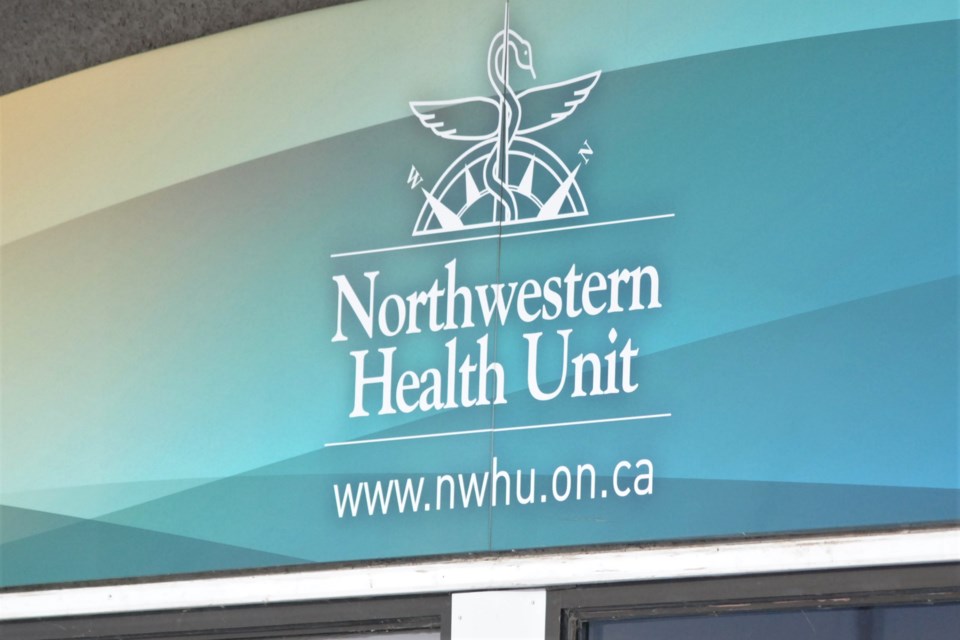The Northwestern Health Unit has just released a report saying supervised consumption services could be a benefit in Dryden, Fort Frances, Kenora, and Sioux Lookout.
The long-awaited report by the health unit, produced by an independent consultant which conducted a needs assessment that started in early 2022, was released publicly on Thursday.
The health unit said it was due to increased interest from the public and partners and worsening local statistics for drug and opioid overdoses.
“Overdose deaths more than tripled from 2019 to 2021 and the final numbers for 2022 are expected to be similar or higher than 2021,” said Dr. Kit Young Hoon, medical officer of health. “We hired an outside firm to conduct this work to ensure a range of expertise and dedicated time and resources to ensure a high-quality and objective process and final report.”
According to the report, supervised consumption services are a legally operated facilities where people come to use their own drugs with sterile drug use equipment under the supervision of health workers. They are designed to offer a low-barrier services such as hygienic and supportive spaces for drug consumption, peer support, and supportive health and social services. Thunder Bay is the only location with a supervised consumption service in Northwestern Ontario.
While the study evaluated the specific situation of each of the four communities separately, it gave the same recommendation for each of them, saying the rates of substance use harms are, “significant enough to indicate a need for greater harm reduction and treatment services and the addition of [supervised consumption services] are recommended as a means to reduce the risk of harm, overdose, and overdose deaths among [people who use drugs.]”
About 75 per cent of people who used drugs from all four communities said they would use these services if they were available. The report stated respondents value the services as a way to use drugs under safer conditions, with half of them saying they have overdosed at least once.
The report showed some similarities among the communities, however the findings were clear the situation with drug use is not consistent across the Northwest, as was seen with the variations of indicators showing evidence of drug related harms and differences in drugs of choice and locations of use.
For Kenora, 91 per cent of the people who use drug who were surveyed said they used in an outdoor public space like an abandoned building, a parking lot, or a park once during the year.
The report noted the recognition the broader community does not feel safe and are unhappy about the impacts that drug use has had in Kenora, with an area of contention being the drug debris and needles found in the city. It also noted how more education might help reduce stigma against people who use drugs and increase understanding about what supervised consumption services provide.
People surveyed or interviewed said while social media was being used to negatively influence the broader community, it would be essential to use it to, “dispel myths, share information and promote a greater understanding of addiction and the benefits of [the service]. It was stated that there needs to be greater compassion in the broader community and education is the only way to help address this.”
For Dryden the report noted because of a lack of mental health and addiction services in the community, it would “be extremely important to consider how [supervised consumption services] are integrated within the current system and how all service providers leverage [supervised consumption services] to support their service users.”
The report also noted the similar situation in both Sioux Lookout and Fort Frances, with a limited number of services or limit of capacity for services and barriers for people who use drugs.
One notable indicator of drug related harms for Sioux Lookout, showed a per capita rate of hepatitis C that was 80 per cent more than the average in the Northwest, and 14 times the provincial average over the a three-year period from 2019 to 2021.
And in Fort Frances, the total number of emergency room visits from 2016-2020 related to opioid overdose came out to 708 per 100,000, which was over double the provincial average of 310.
According to the Health Unit, in total, more than 1,850 stakeholders were engaged in the project led by LBCG Consulting for Impact, which conducted focus groups and interviewed key stakeholders, surveyed the public and potential service users.
“We want to thank everyone who participated and shared their knowledge and experiences,” said Young Hoon. “The feedback we received helped to make this project reflective of our communities and will help our communities move forward with community-based solutions.”
